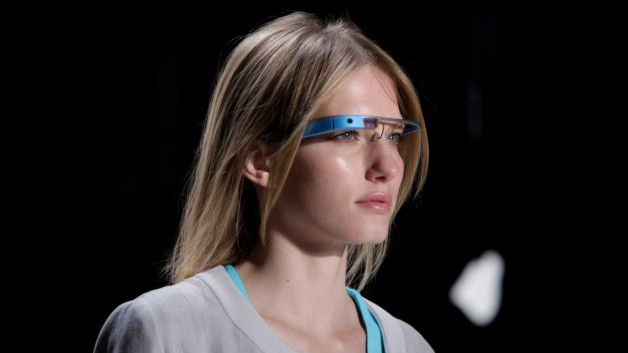Google Glass specs revealed as Android app goes live
Mountain View lifts lid on head-mounted tech

After hearing that those who ordered the Explorer Edition of Google Glass will soon be receiving their head-mounted goggles, we've now been given some official specs to pour our eyes over.
Google published the info on its site, revealing that the eyewear will feature a 640 x 360 display that is, according to Mountain View, " the equivalent of a 25 inch high definition screen from eight feet away".
The built-in camera, meanwhile, will be able to snap photos of a 5MP caliber and videos at a resolution of 720p. Google says that users will get one full day with "typical use" with the battery, but warns that using features such as video recording and Hangouts will likely cut that time somewhat.
There'll be 16GB of total flash memory onboard that will be synced with Google cloud storage, though only 12GB of that will be usable. And of course, Bluetooth and WiFi will be ever-present.
What else is under the hood, guys?
And while everyone's been busy weighing up the new specs, Google also snuck its Glass companion app MyGlass onto the Play store, as well as a web-based Glass setup wizard.
The app can be downloaded now and will work on Android devices running 4.0.3 and above, letting users manage their glasses and deal with things such as SMS messaging.
As for the audiophiles among you, you'll be pleased to know that Google has confirmed Bone Conduction Transducer will be used on Glass, which basically means that sound will travel directly into your head.
Sign up for breaking news, reviews, opinion, top tech deals, and more.
So, money well spent? We'll only know for sure when these bad boys arrive, but so far it's looking good.
Via TechCrunch

Hugh Langley is the ex-News Editor of TechRadar. He had written for many magazines and websites including Business Insider, The Telegraph, IGN, Gizmodo, Entrepreneur Magazine, WIRED (UK), TrustedReviews, Business Insider Australia, Business Insider India, Business Insider Singapore, Wareable, The Ambient and more.
Hugh is now a correspondent at Business Insider covering Google and Alphabet, and has the unfortunate distinction of accidentally linking the TechRadar homepage to a rival publication.